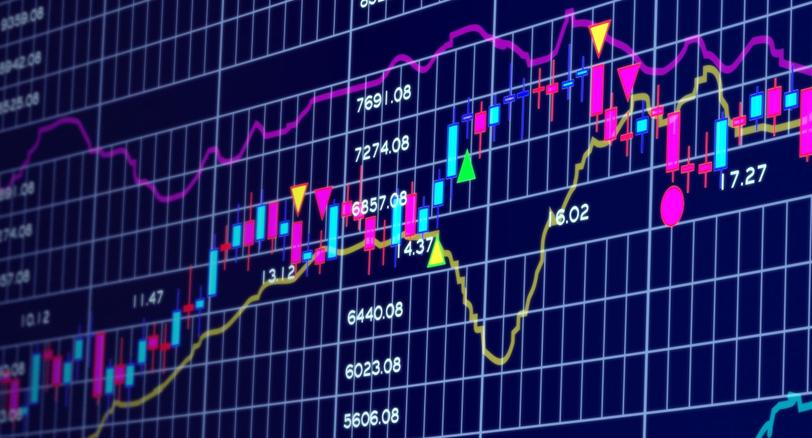Tag Archives: cfds
Contracts for Difference (CFDs) have become increasingly popular among traders looking to engage in financial markets without owning the underlying assets. Here’s all you need to know about cfds and how they work.
What are CFDs?
CFDs are financial derivatives that allow traders to speculate on the price movements of various financial instruments such as stocks, commodities, indices, and currencies, without owning the underlying asset. Instead of buying the asset itself, traders enter into a contract with a broker to exchange the difference in the asset’s price from the time the contract is opened to when it is closed.
How do CFDs work?
When trading CFDs, traders can go long (buy) if they believe the price will rise or go short (sell) if they expect the price to fall. Profits or losses are determined by the difference between the entry and exit prices of the contract. One of the key advantages of CFD trading is the ability to use flexible leverage, which allows traders to amplify their exposure to the market with a smaller initial capital outlay.
Benefits of CFDs
Leverage: CFDs offer flexible leverage, enabling traders to control larger positions with a relatively smaller amount of capital.
Diverse Asset Classes: Traders can access a wide range of markets including stocks, commodities, indices, and forex through CFDs, providing ample opportunities in various market conditions.
Short-Selling Opportunities: Unlike traditional stock trading, CFDs allow traders to profit from falling prices by selling short without having to own the underlying asset.
Hedging: CFDs can be used as a hedging tool for investors looking to offset potential losses in their portfolio.
Risks of CFDs
Market Risk: As with any form of trading, CFDs carry market risk, where prices can move against the trader resulting in losses.
Leverage Risk: While flexible leverage can amplify profits, it also increases the potential losses, making risk management crucial.
Counterparty Risk: CFDs are traded over-the-counter (OTC), exposing traders to the credit risk of the broker.
Conclusion
CFDs offer a flexible and accessible way for traders to participate in financial markets across the globe. Understanding the risks and benefits associated with CFD trading is essential for making informed trading decisions. By leveraging these instruments responsibly, traders can potentially capitalize on market opportunities while managing risk effectively.

Contracts for Difference (CFDs) have emerged as popular trading instruments, offering traders the opportunity to speculate on the price movements of various assets. Here’s a closer look at CFD trading and its key characteristics.
What is CFD Trading?
CFD trading involves entering into a contract with a broker to exchange the difference in the value of an underlying asset between the time the contract is opened and closed. Unlike traditional investing, CFD how it works allow traders to profit from both rising and falling markets, providing ample opportunities for potential gains.
Advantages of CFD Trading
One of the primary advantages of CFD trading is its flexibility. Traders can choose from a wide range of asset classes, including stocks, commodities, currencies, and indices, enabling them to diversify their investment portfolio. Additionally, CFDs offer the advantage of flexible leverage, allowing traders to amplify their market exposure with a smaller initial investment.
Risk Management in CFD Trading
While CFDs offer the potential for high returns due to leverage, it’s essential to manage the associated risks effectively. Leveraged trading can magnify both profits and losses, and traders should have a clear risk management strategy in place to protect their capital. This may include setting stop-loss orders, diversifying their portfolio, and avoiding over-leveraging positions.
Choosing a CFD Broker
When selecting a CFD broker, it’s crucial to consider factors such as regulation, trading platform, fees, and customer support. While regulation provides a level of protection for traders, it’s also essential to ensure the broker offers a user-friendly trading platform with advanced charting tools and analysis resources.
Conclusion
CFD trading offers traders the opportunity to speculate on the price movements of various assets, including stocks, commodities, currencies, and indices. With their flexibility, accessibility, and potential for high returns, CFDs have become increasingly popular among both retail and institutional traders. However, it’s essential to approach CFD trading with caution and ensure you understand the risks involved before getting started.